6 Types of Oxygen Detectors You Should Know About
In countless industrial, commercial, and research settings, oxygen serves as both the source of life and a potential hazard. Insufficient oxygen concentration (hypoxia) can cause dizziness, unconsciousness, or even death; conversely, excessive oxygen levels (oxygen enrichment) significantly heighten the risk of fire and explosion. Consequently, reliable oxygen level monitoring forms the primary defence for safeguarding personnel safety and ensuring operational compliance. However, with the vast array of devices available on the market, selecting the correct oxygen detectors is paramount. Understanding the different types of detectors and their respective applications is the first step towards making an informed decision.
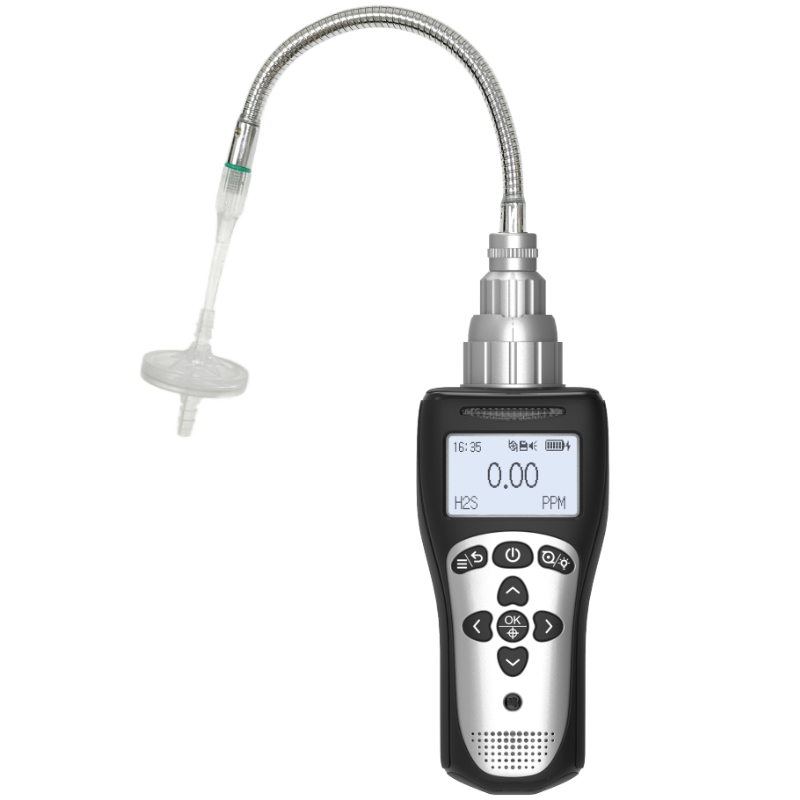
1. Electrochemical Sensor Detectors (Portable Personal Safety Equipment)
This is the most common type of oxygen detectors, particularly suited for personal safety protection. Typically compact and lightweight, they can be clipped to collars or pockets, making them essential equipment for entering confined spaces (such as tanks, pipelines, basements) or areas with potential oxygen deficiency risks (e.g., nitrogen or argon leak environments). Their core component is an electrochemical sensor: when oxygen molecules pass through the sensor, they trigger a chemical reaction producing a minute electrical current, the magnitude of which is directly proportional to oxygen concentration. These devices offer rapid response times, low power consumption, and relatively economical costs, serving as the ‘personal guardian’ for workers in industries such as petrochemicals, firefighting, wastewater treatment, and shipping.
2. Paramagnetic Detectors (High-Precision Fixed Systems)
Paramagnetic detectors represent the gold standard when extremely high measurement accuracy and long-term stability are required. Their operation is based on oxygen's paramagnetic properties—oxygen being one of the few gases attracted by magnetic fields. Within the detector, a dumbbell-shaped glass sphere filled with nitrogen is suspended in a strong magnetic field. When oxygen-containing sample gas flows through, the resulting magnetic force causes the dumbbell to deflect. Precise measurement of this deflection angle enables calculation of oxygen concentration. Such instruments are typically installed as fixed systems at critical control points to monitor production processes, ensure product quality, or meet stringent regulatory requirements. They are commonly found in pharmaceuticals, semiconductor manufacturing, and laboratories—sectors demanding exceptional precision.
3. Zirconia Detector (High-Temperature Specialist)
Zirconia sensors are tailor-made for high-temperature environments. Comprising a solid zirconia ceramic element, they conduct oxygen ions when heated to approximately 650°C. By measuring the potential difference (voltage) generated across the sensor due to oxygen concentration gradients, oxygen content can be precisely calculated. The foremost advantage of zirconia sensors lies in their stable operation under high temperatures, pressures, and corrosive conditions. Consequently, they are extensively deployed in boiler combustion control, furnace exhaust monitoring, and automotive exhaust analysis, playing a crucial role in optimising combustion efficiency and reducing emissions.
4. Infrared Detectors (Long-term, Consumable-free Option)
While electrochemical sensors are widely adopted, they degrade over time and require periodic replacement. Infrared detectors offer a consumable-free alternative. They operate by exploiting the absorption characteristics of different gases at specific infrared wavelengths. Whilst oxygen exhibits weak infrared absorption, precise measurements are achievable through specialised optical designs and algorithms. These detectors contain no chemical components, offering extended lifespans, excellent stability, and virtually maintenance-free operation. They are ideally suited for installation in remote or inaccessible locations, or for applications requiring long-term continuous monitoring with minimal maintenance costs.
5. Photoionisation Detectors (Multi-Functional Safety Tools)
Strictly speaking, PIDs are not dedicated oxygen detectors, yet they play a vital role in modern multi-gas detectors. PIDs employ high-energy ultraviolet lamps to ionise volatile organic compounds (VOCs) in the air, detecting VOC concentrations by measuring the current generated by these ions. In numerous industrial incidents, toxic gas (VOC) leaks frequently coincide with oxygen deficiency. Consequently, advanced portable quad- or quintuple-gas detectors typically integrate electrochemical oxygen sensors, LEL (flammable gas) sensors, and PID sensors. This enables personnel to monitor oxygen, combustible gases, and toxic vapours simultaneously with a single device, delivering comprehensive safety alerts.
6. Fixed and Distributed Detection Systems (Global Safety Networks)
For large factories, refineries, or chemical plants, reliance on personal portable detectors alone is insufficient. Fixed oxygen detection systems establish a round-the-clock safety monitoring network by installing multiple detection probes in critical areas such as process zones, control rooms, and access points. These probes transmit real-time data to a central control system. Should oxygen concentrations exceed preset safety thresholds, the system immediately triggers audible and visual alarms, activates ventilation equipment, or initiates emergency shutdown procedures. Modern systems can even achieve ‘distributed’ control, where each probe possesses independent intelligent processing capabilities, significantly enhancing system reliability and response speed.
Conclusion: Selecting the Right Tools to Safeguard Lives and Assets
Oxygen detectors are not a one-size-fits-all solution. From portable electrochemical detectors protecting individual safety, to paramagnetic analysers ensuring high-precision production processes, to zirconia sensors for extreme environments – each type possesses distinct advantages and suitable applications. Selection must holistically consider the application environment, measurement accuracy, response time, maintenance costs, and regulatory requirements. Investing in the appropriate oxygen monitoring technology represents not only a solemn commitment to employee safety but also the cornerstone for safeguarding corporate assets, maintaining stable production, and fulfilling social responsibilities. On matters of safety, there can never be any room for compromise.
Related information
-
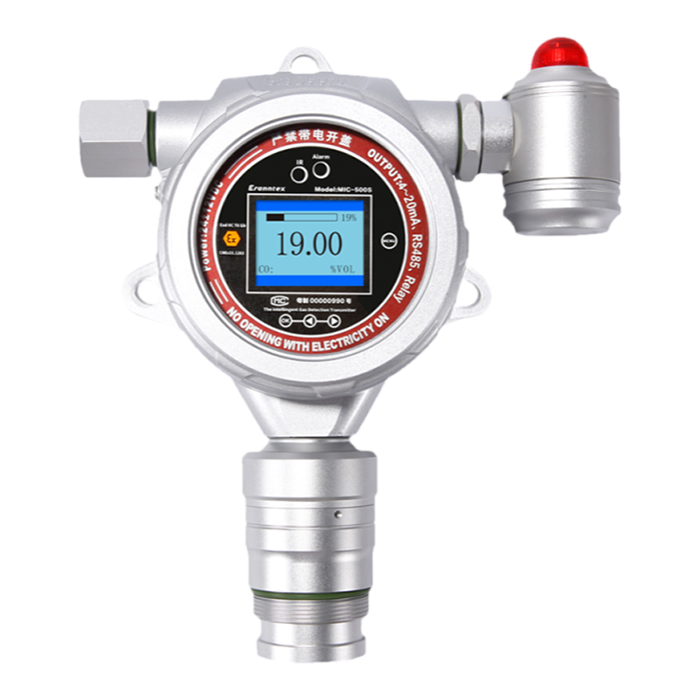
Combustible Gas Detectors: Your First Line of Defense
In today\'s society, whether in cosy domestic settings, bustling industrial environments, or challenging outdoor work zones, combu...
2025-10-31 -

How to Test Your Oxygen Detectors Effectively?
In today\'s society, where safety and health are paramount, oxygen detectors serve as vital equipment safeguarding us from the d...
2025-10-29 -

Oxygen Detectors: Your Key to a Safer Environment
In the global pursuit of safety and healthy living, oxygen detectors are increasingly becoming indispensable equipment for safeg...
2025-10-27 -

6 Types of Oxygen Detectors You Should Know About
In countless industrial, commercial, and research settings, oxygen serves as both the source of life and a potential hazard. Insuf...
2025-10-24 -

How Often Should You Replace Your Oxygen Detectors?
In today\'s society, oxygen detectors play a vital role across industrial production, underground operations, and specific domesti...
2025-10-22

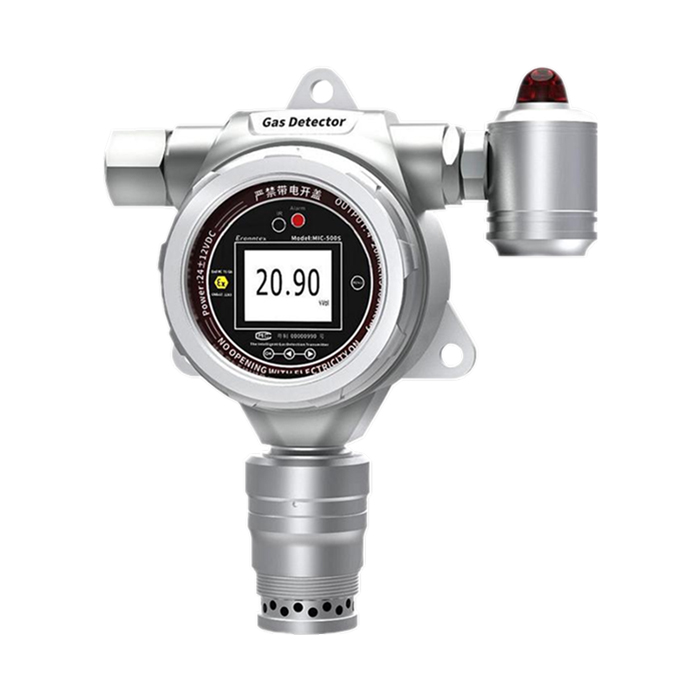
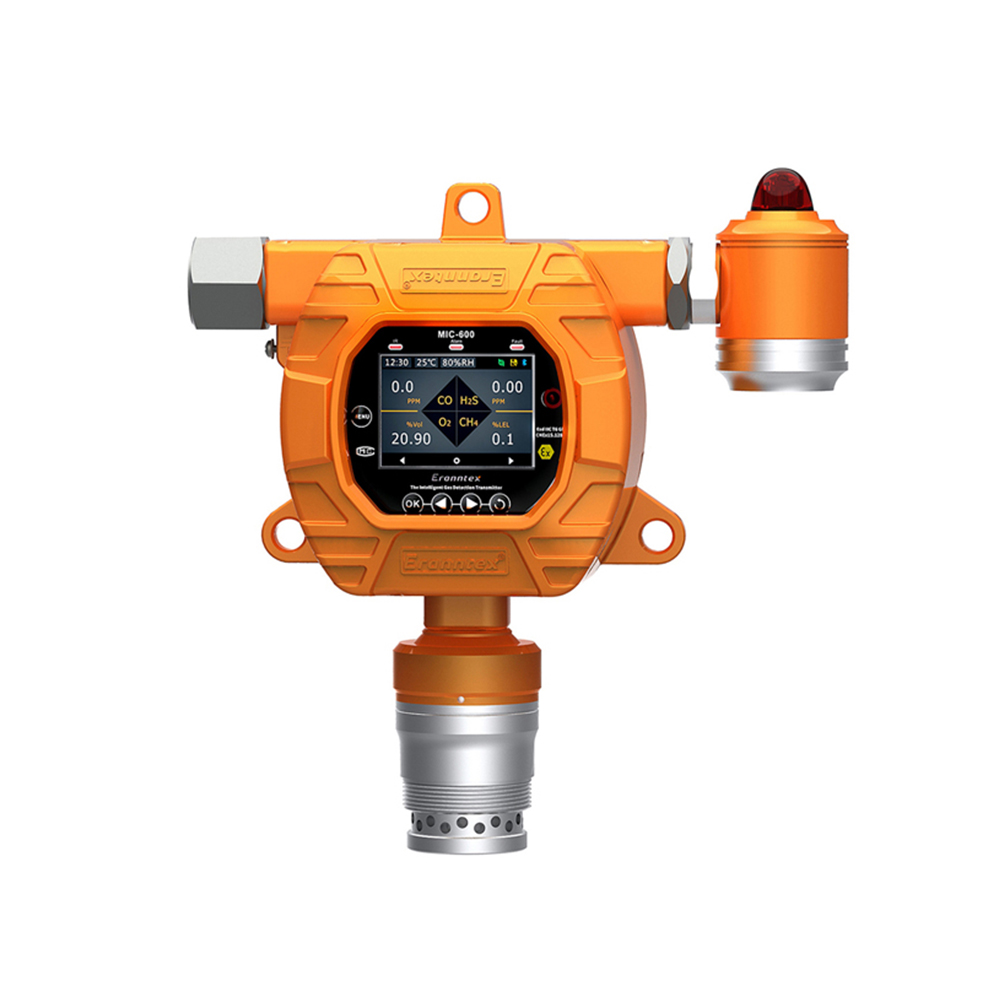
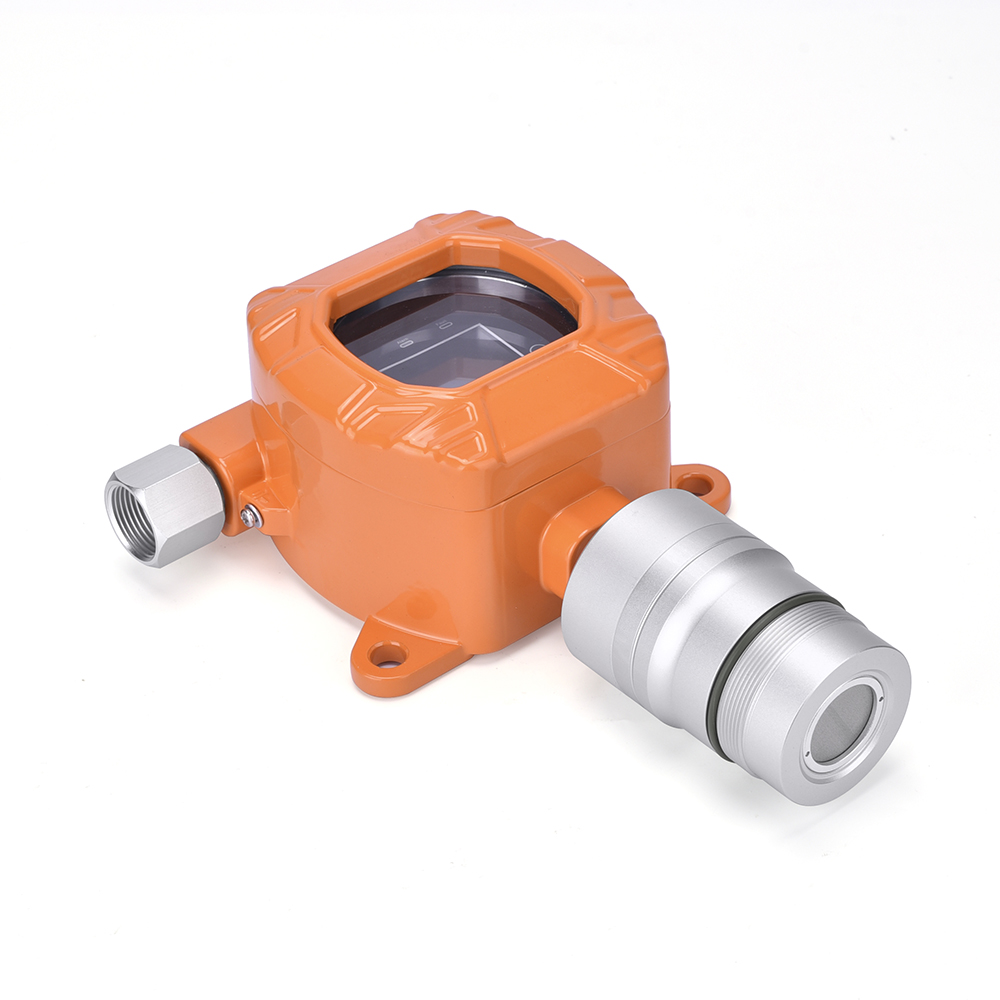
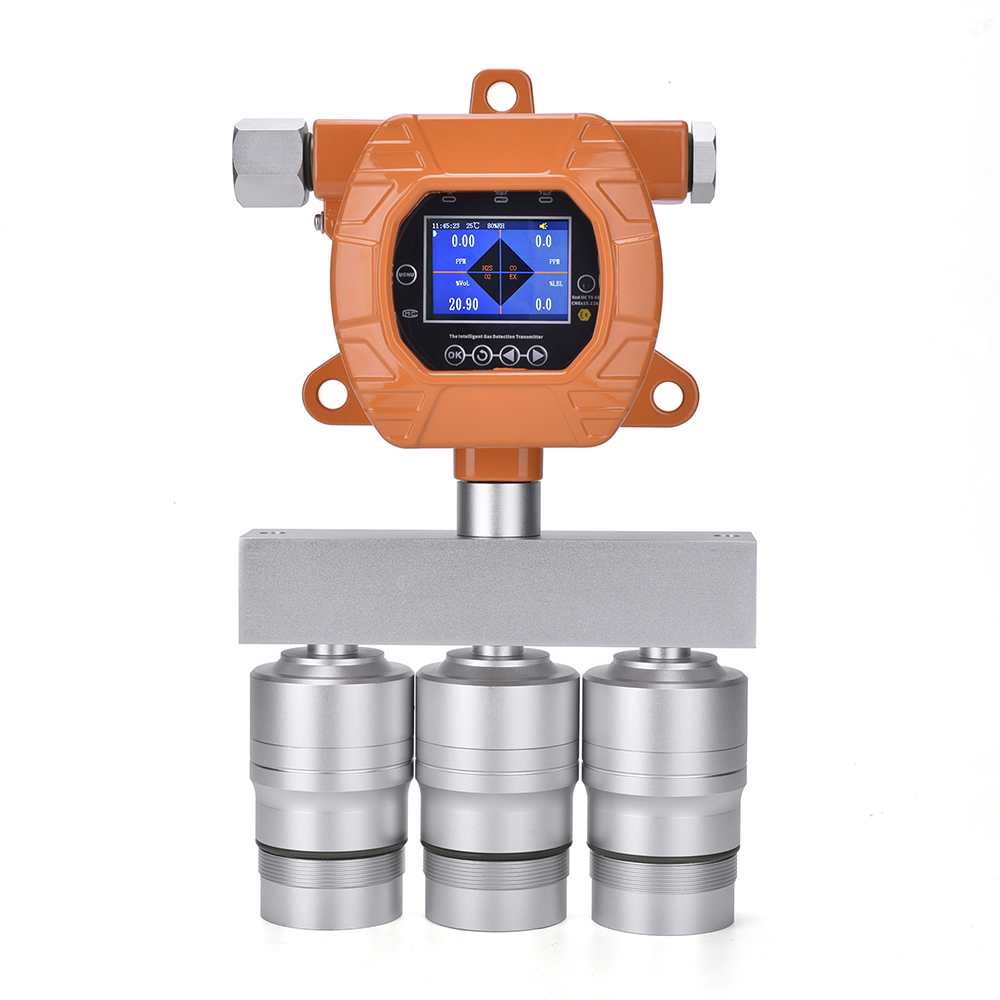

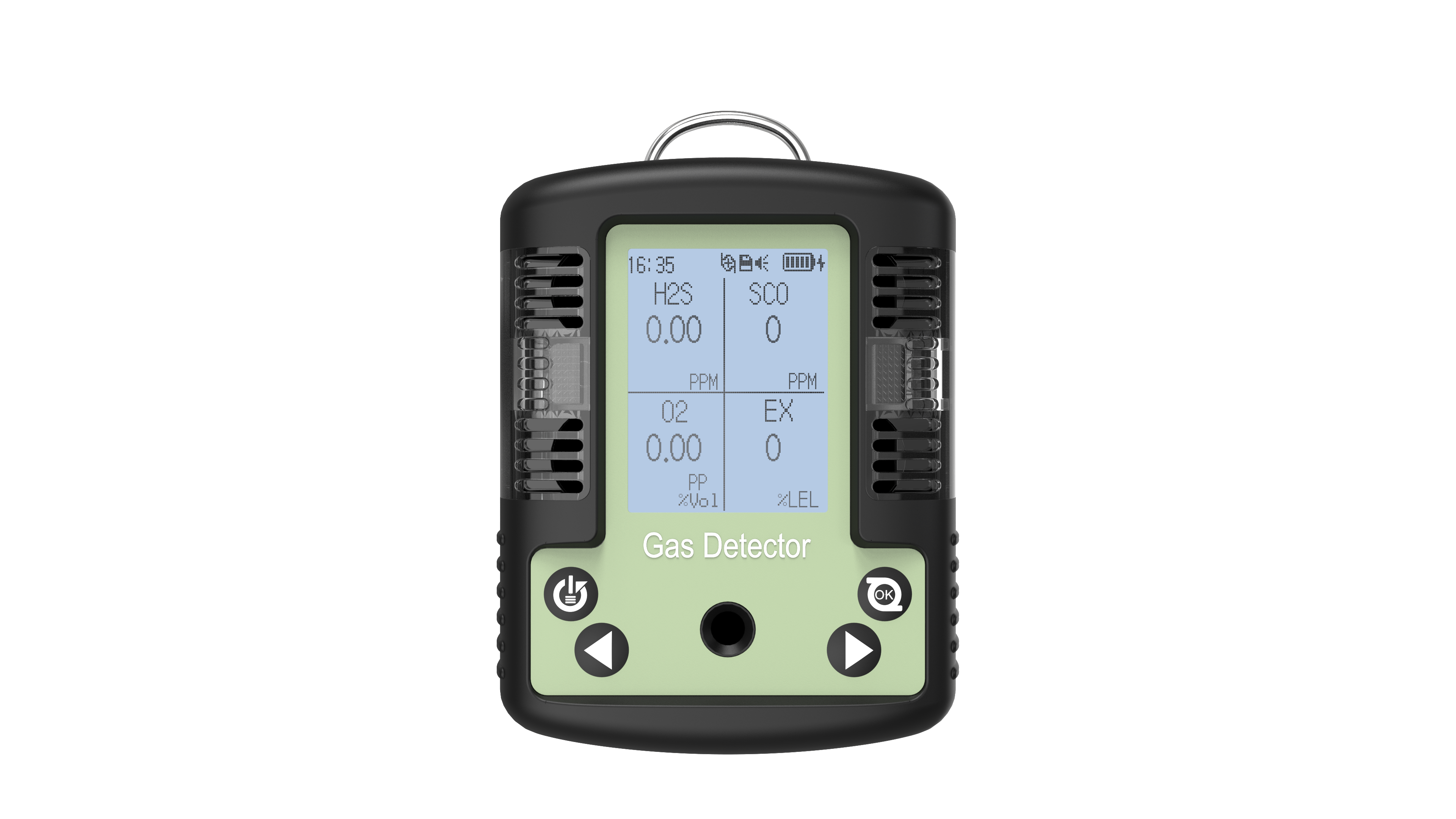

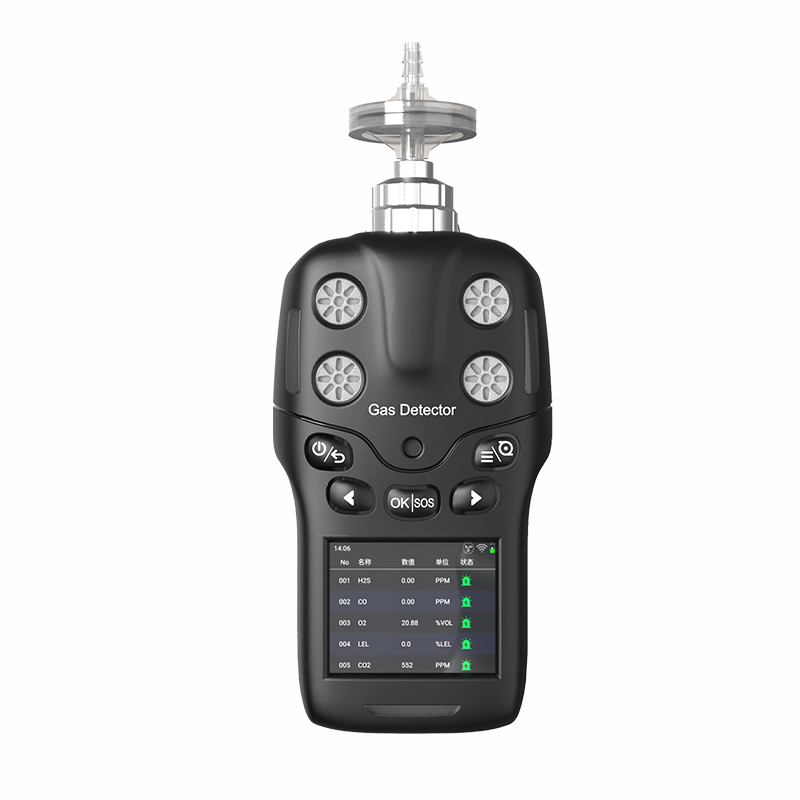

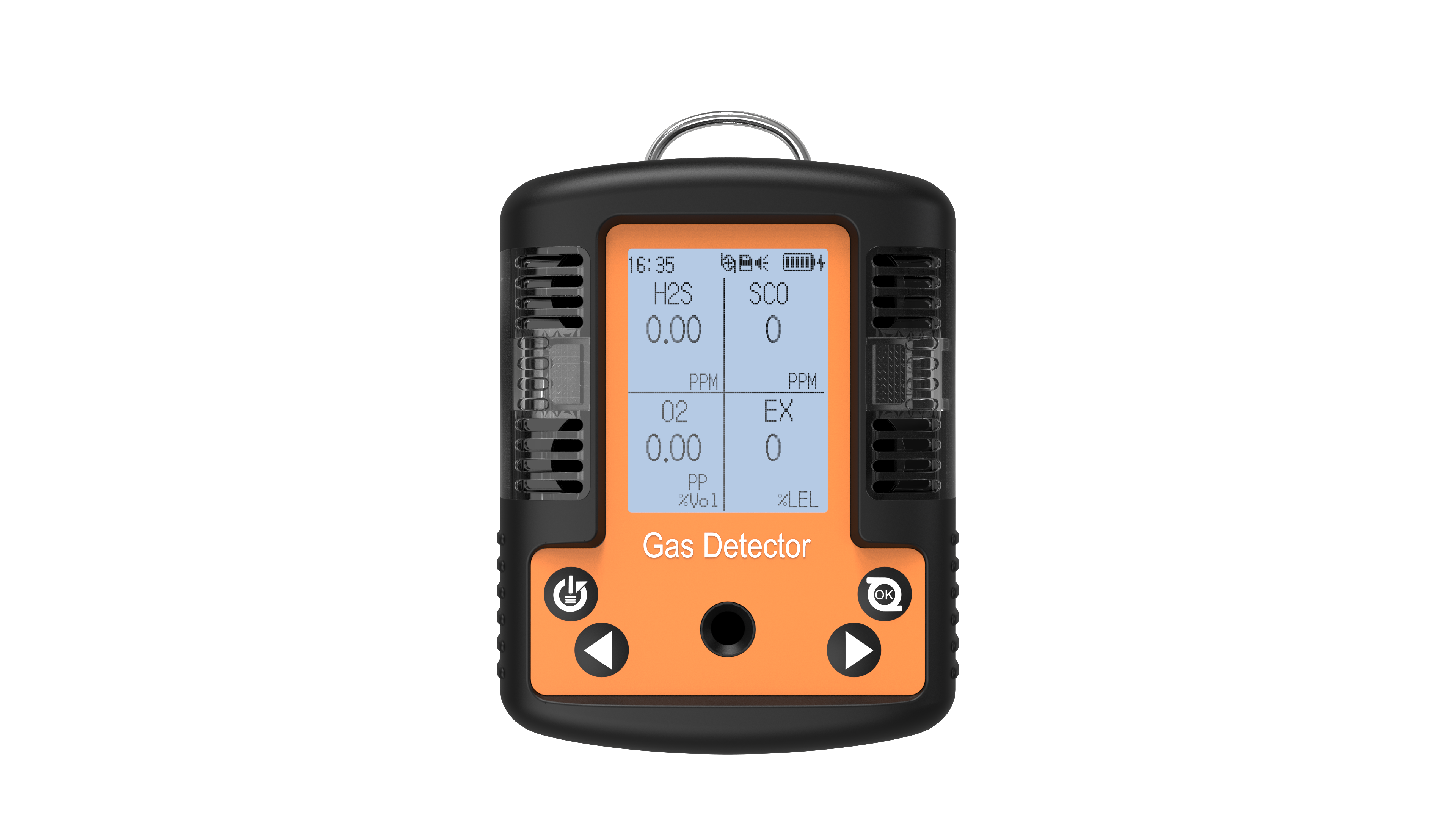
 info@eranntexgas.com
info@eranntexgas.com


 13480931872
13480931872